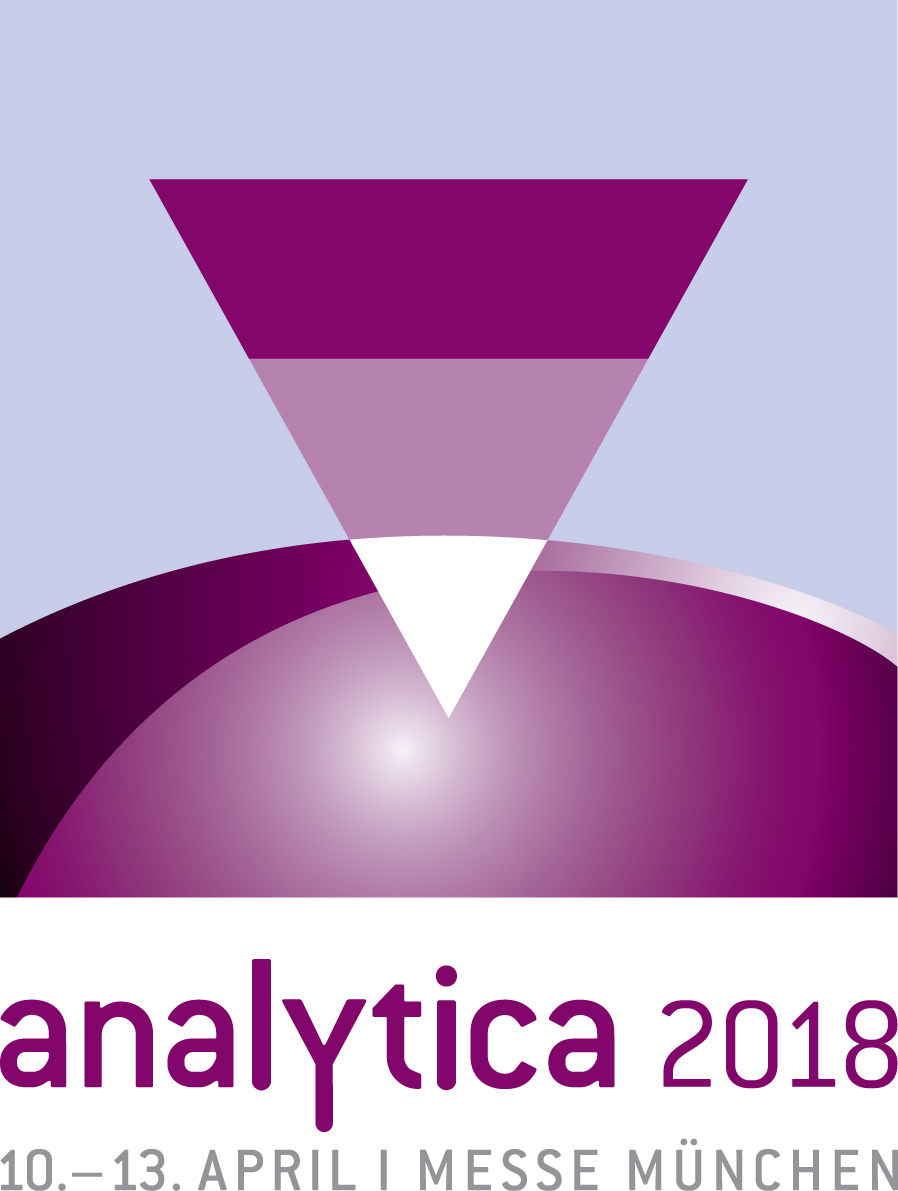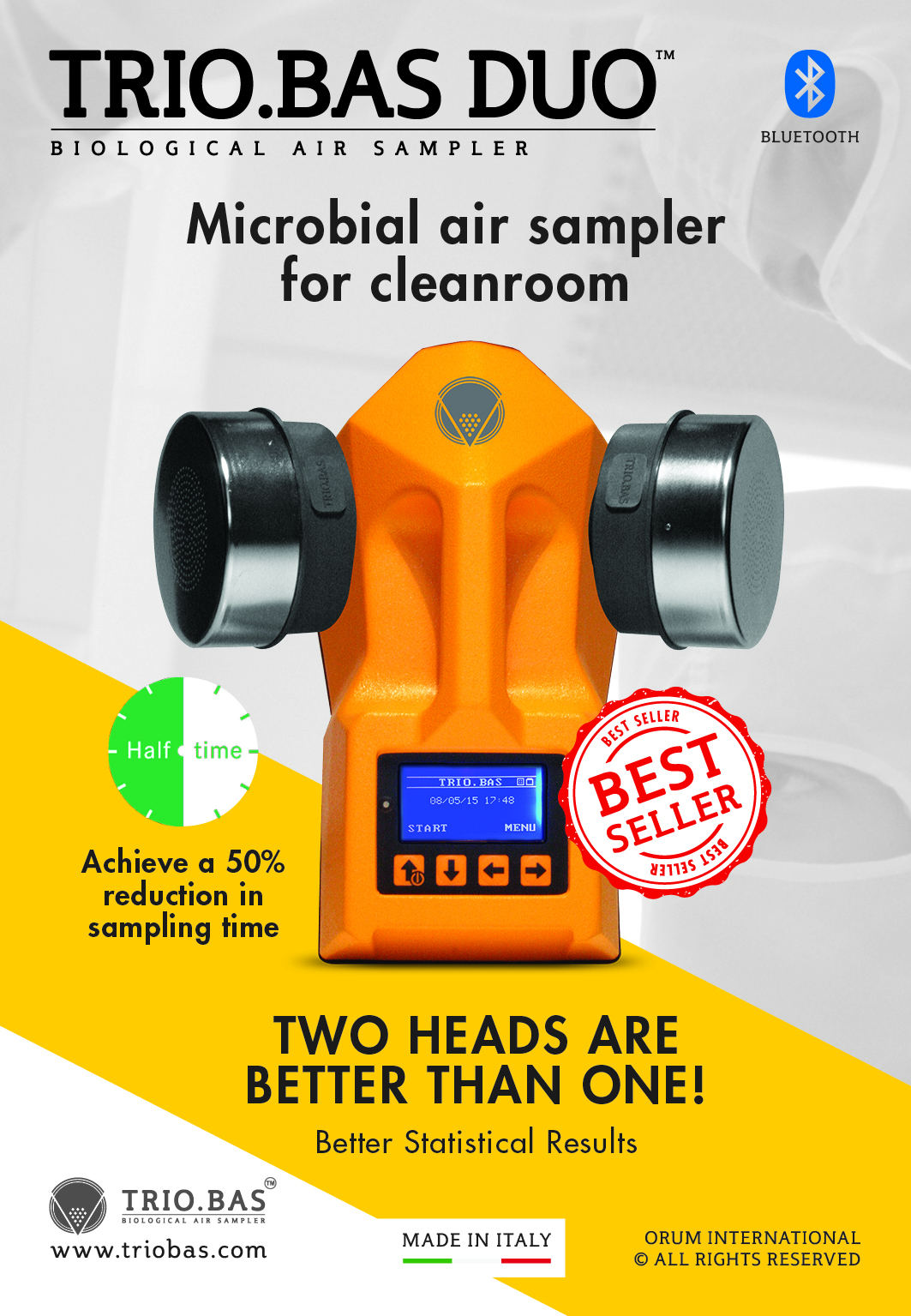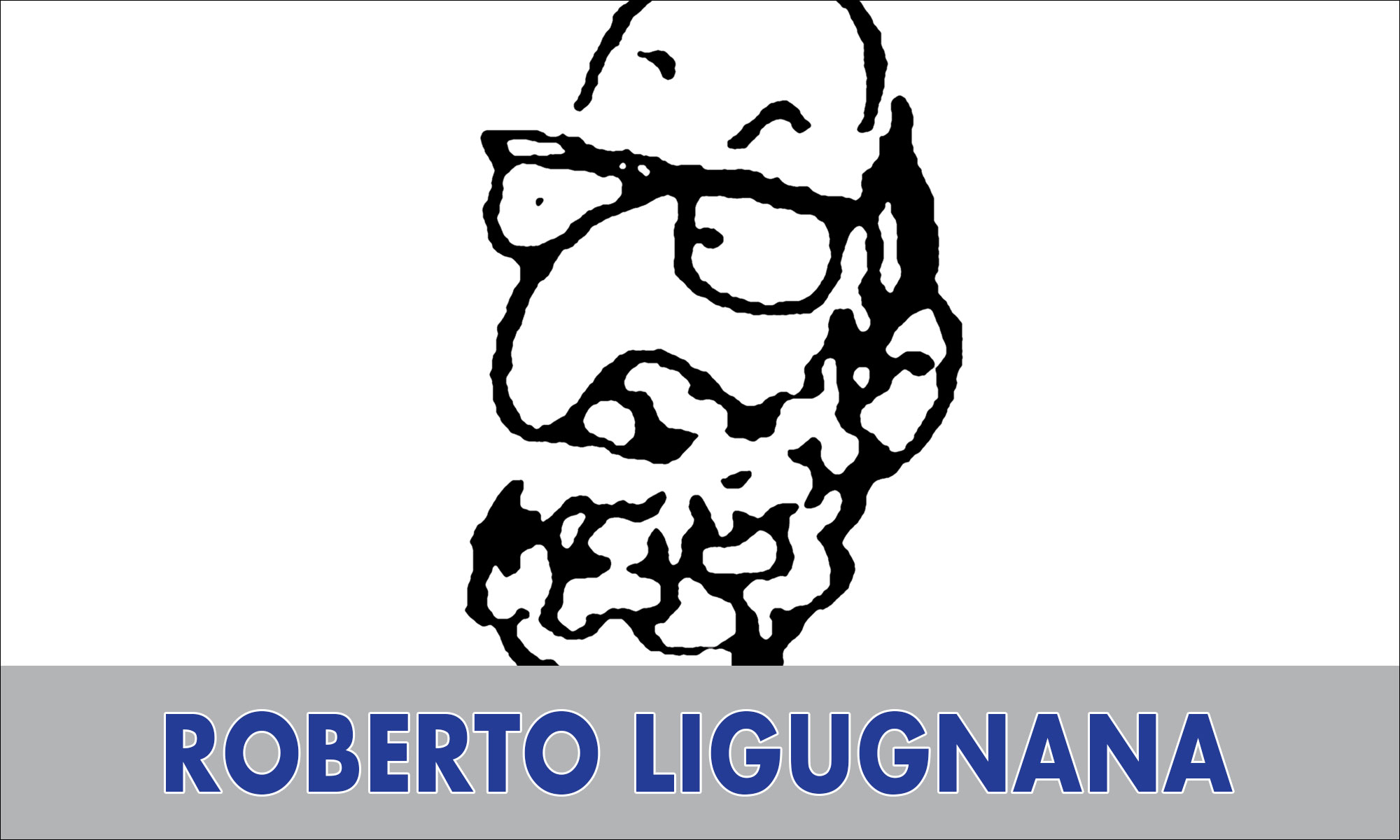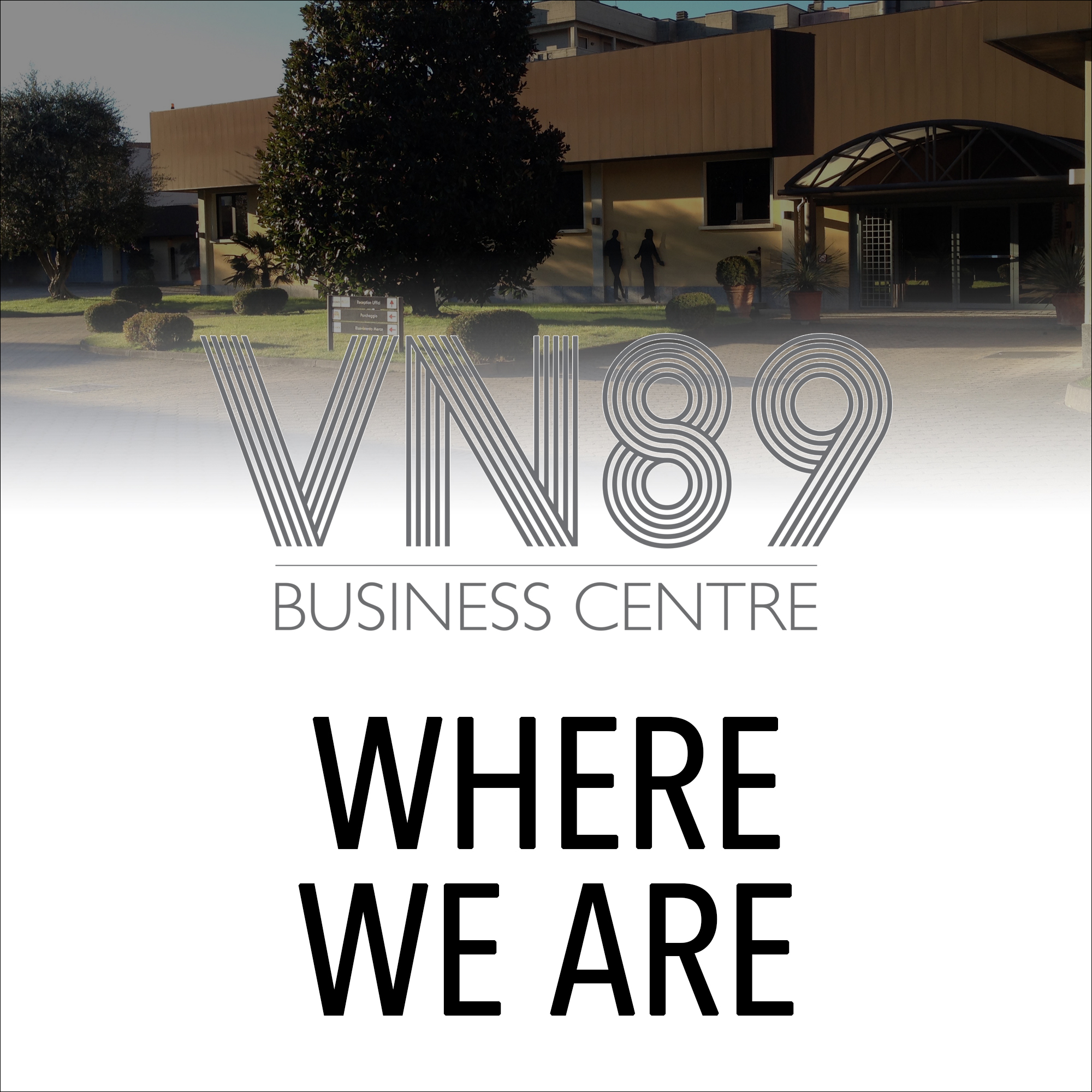The principle of the TRIO.BAS microbiological air samplers
- Introduction
The purpose of the use of TRIO.BAS method is the count of the micro-organisms present in the air of an environment to evaluate the microbiological conditions according to national or international standards and/or Guidelines for safety / health reasons.
- Sampling
A known volume of air is aspirated inside the aspirating chamber of the sampler. The micro-organisms are captured by impact on the agar surface of a plate (Contact Plate or Petri dish).
Different media are used for different micro-organisms (e.g.: Sabouraud Dextrose Agar (SDA) for yeast and moulds, Tryptic Soy Agar (TSA) for total bacterial count).
- Microbial population growing
The Contact Plate or Petri dish is incubated at different temperature for different time according to specific accepted national / international standards (e.g. 32°C; 37°C, etc. for 24, 48, 72 hours, etc.).
- Colony counting
At the end of incubation time, the colonies are visible on the agar surface of the plate and the Colony Forming Units (CFU) are counted.
- Count standardization
The number of the CFU of a plate is referred to CFU/ 1000 liters (1 cubic metre) of air.
- Interpretation
The number of CFU should be considered in terms of limit (e.g.: Yes/No) or trend (e.g.: line going up or going down) on a graphic that considers the previous results or specifications.

















